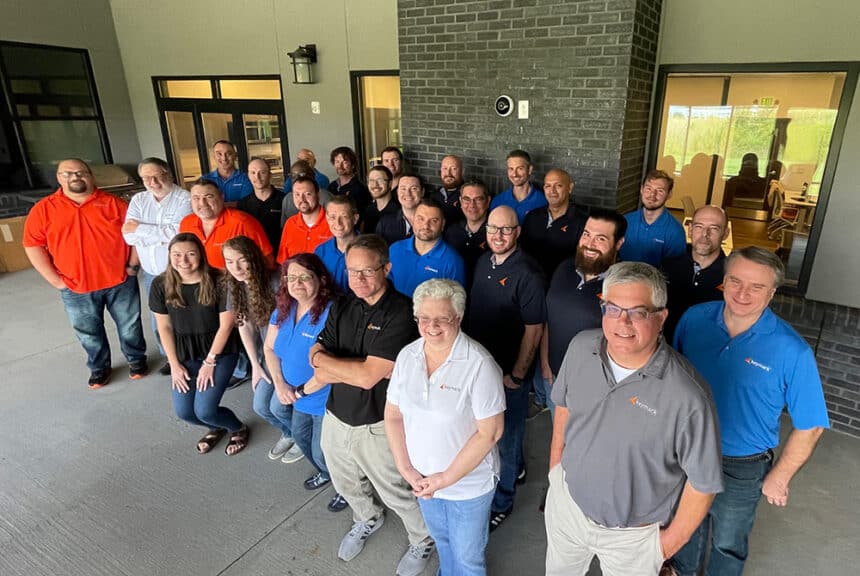The Six Simple Steps of Enterprise Content Management
CEO Jim Wanner recently wrote a blog to answer a common question: what is enterprise content management (ECM)?
His summary said that “ECM is the capture, storage, and retrieval of paper and electronic documents and data in a centralized repository” and that it often incorporates workflow technology and productivity reports.
But what exactly does ECM include? Here are six easy steps that break down the details of enterprise content management.
Step 1: Capture
What documents or information needs to be captured?
Regardless of format or location, your documents are captured right at the source and organized into a single system.
Paper documents are scanned, while electronic documents are imported or integrated. From there, relevant data is extracted from the page and shared with your other line-of-business systems, saving time associated with manual data entry and approvals.
Step 2: Process
Where does this information need to go?
Having useful tools to search through your information helps your processes run at optimal speed. ECM lets you automate predictable decisions and route exceptions to the correct individuals.
By managing tasks, conversations and reminders surrounding your processes in the same system, you can accomplish more without adding staff. You can create and track multiple revisions of documents, as well as automatically generate letters, statements, and documents based on business decisions and distribute them to your customers and constituents.
Step 3: Access
Who needs access to this information?
With ECM, your content is available to the people who need it wherever they are, from almost any device or application. A personalized user interface lets users have the documents, forms, business processes and reports that are important to them right at their fingertips.
Mobility and offline access allows users to use information on the go and in the field. Improve the experience of your employees, customers, and constituents by giving them a way to submit forms, track their status and access documents online.
Step 4: Integrate
What other systems depend on this information?
Your business applications are at the heart of your everyday operations – whether it’s your ERP, accounting, HR, claims, lending, EMR, SIS or other critical system. But users frequently rely on information stored elsewhere to make decisions.
A central repository intelligently links documents and data to the transactions and activities in other applications, and users can access the content they need directly from within existing application screens.
Step 5: Measure
How will you monitor and measure the success of the process?
Having all your information stored in one central place gives you transparency, visibility and control, allowing you to better understand the status of your content and processes.
Real-time visibility includes notifications of volume thresholds and aging content, giving you the ability to identify and eliminate bottlenecks and make timely decisions.
Step 6: Store
When is this information stored, retrieved, or destroyed?
ECM lets you store important information in one centralized place. By consolidating all of your important content into one system, you can solve the problems associated with managing content across a variety of databases, systems and physical storage locations. You are able to control who can access information and what they can do with it. ECM also protects you from disaster by maintaining electronic copies of all documents across multiple servers and locations and allows for the implementation of retention plans and polices.
Whatever your business process entails, ECM helps you manage your documents and data so you can make those processes more efficient, helping you to save time, improve customer service, reduce operating costs and minimize risk.
I hope this helps clarify any confusion that may exist about enterprise content management. For more information or to see how an ECM solution could work for your organization, contact us today!
Take the Next Step
We can help you decide pretty quickly whether this would be a good fit for your organization. With 20+ years of experience in automation, we just need about 5 minutes of Q&A.



